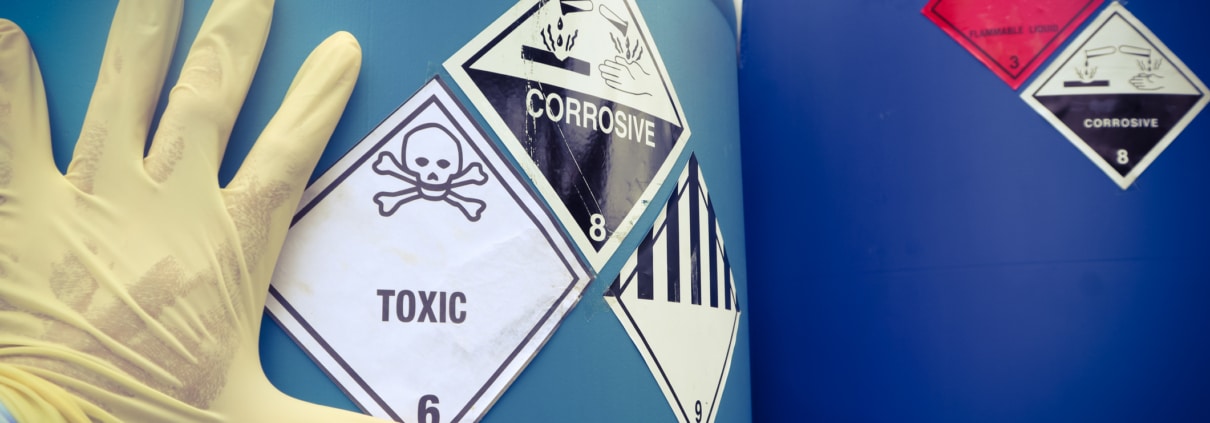Keeping Your Workers Safe: How to Manage Chemical Hazards in the Workplace
Risk management is a top priority for any business that handles hazardous chemicals and substances. Unfortunately, it’s also a complex process that requires a deep understanding of safety protocols, regulations, and the inherent dangers of these materials.
Complete a Chemical Risk Assessment
The first step in managing chemical hazards is to conduct a chemical risk assessment. A risk assessment aims to identify the types of chemical hazards at the workplace, identify the safety effects wrought by their exposure, measure the extent of exposure, and assign hazard characterization. Safety Data Sheets (SDS) provide all the necessary information for a complete chemical risk assessment.
Hierarchy of Controls
Once you have completed a chemical risk assessment, the next step is to use the hierarchy of controls. The hierarchy of controls protects workers from chemicals and toxic substances that stresses physical removal of hazards wherever feasible.
Engineering controls sit at the top of the hierarchy and include such measures as installing correct general ventilation and local exhaust ventilation, automating processes to remove operator exposure, enclosure processes to reduce the area of exposure, eliminating sources of ignition from the site, and building a chemical storage system based on inventory storage requirements.
Personal Protective Equipment (PPE)
Personal protective equipment is the final line of defense in protecting workers who cannot avoid hazardous chemical exposures. It offers front-line protection to workers when used correctly and when workers are trained to use them to handle the chemical. PPE includes overalls and aprons, gloves, chemical-resistant glasses, respiratory protection, and properly-fitted respirators. The PPE must be appropriate for the chemical hazard, and the SDS should include the minimum PPE required for safe handling. Ensure the inspection of all PPE before and after use, and in the event of an incident, remember to treat or replace PPE as needed.
Elimination vs. Substitution
Eliminating hazardous chemicals that aren’t necessary at the workplace is the most effective way to manage chemical hazards. However, elimination is only sometimes simple, so substitution can be considered. Substitution replaces a hazardous material with another less hazardous one. However, it’s crucial to ensure you don’t swap one high-risk hazard for another with lesser-known effects. Implement a change by running a Change Risk Assessment template to understand the potential impact of swapping hazardous chemicals or toxic substances.
Administrative Controls
Administrative controls are supplementary measures that mitigate the impact of chemical hazards in case all other controls fail.
Some examples include creating a written chemical safety program that includes handling procedures, training requirements, etc., reducing chemical inventory to store only the quantities needed, ensuring quick disposal of spent hazardous chemicals, marketing and labeling all containers with chemical names, manufacturer’s name and contact info, and potential hazards associated, exceeding the minimum OSHA chemical training requirements and reducing the number of employees on-site to be exposed to chemicals.
Safety Protocols to Prevent Risk
Proper management of chemical hazards is crucial in ensuring workplace safety. You can achieve this by completing a chemical risk assessment, using the hierarchy of controls to manage chemicals and toxic substances, using personal protective equipment as the final line of defense, eliminating or substituting hazardous chemicals, and implementing administrative controls as supplementary measures.
Failure to manage chemical hazards poses a significant risk to workers, visitors, and the local community. If you need assistance setting-up appropriate workplace safety protocols, contact Construction Safety Experts today at (919) 463-0669, and we’ll help you design a safer working environment.








